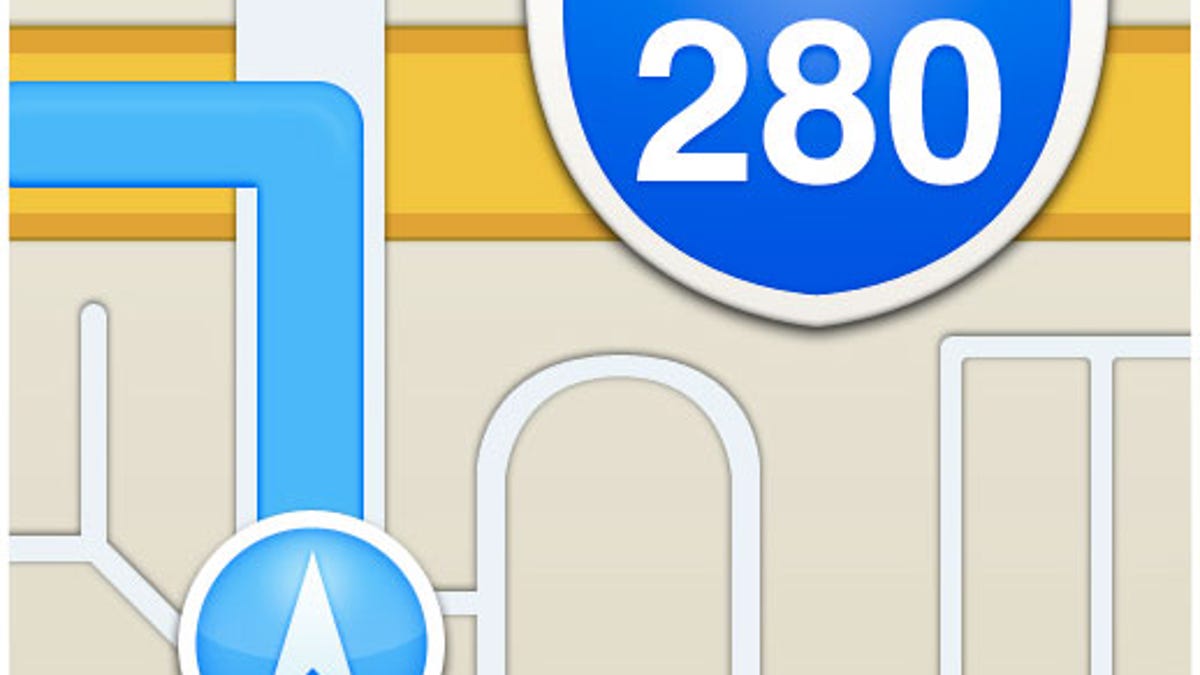Apple's Maps mess? 'Antennagate' was messier
A new consumer-research survey says people just don't care about Apple's Maps software like they did about iPhone 4 antenna issues.

A new customer-research survey suggests controversy surrounding Apple's homegrown mapping software is of far less concern than reception issues with 2010's iPhone 4 ever were.
The findings come inside Changewave's Consumer Smart Phone Report, which polled 4,270 consumers "primarily" from North America.
Only 3 percent of those the group polled referred to Apple's Maps as a "very big problem" compared with 7 percent who claimed the same for 2010's antenna issue. The gap is even wider on the other end of the spectrum, with 90 percent of users polled saying Maps was not a problem at all, versus 64 percent who had said the same for antenna issues.
"In comparison to the iPhone 4 Antenna/Reception issue, the current Apple Maps issue is of marginal concern to iPhone 5/iOS 6 users," Changewave said in a press release about the results. "Simply put, Apple Maps is not considered a problem by the overwhelming majority of users. "
Worth noting is that this survey asked 4,270 customers, versus the 2010 survey, which polled 213 iPhone 4 owners. With that said, Changewave says that the comparisons made with the maps product in particular apply to 250 iPhone 5 owners among the overall group.
The result is unlikely to be too surprising given the potential issues at hand. The antenna issue, which Apple characterized as common among rival smartphones, could reduce reception when the phone was held in certain positions. The company responded by holding a press conference, and offering free cases and refunds to dissatisfied users.
By comparison, Apple's Maps software has irked many, but it's viewed as something that can be fixed with updates, or bypassed by using other pieces of software. Apple has already promised to improve the software, and there have been signs of that, with corrected data and expanded 3D coverage in some locations.
The consumer love was a little less clear cut for another new Apple feature: the company's Lightning port, which is the new charging and data transfer standard on the iPhone 5 and new iPods. 6 percent of those polled said it was a "very big problem," while another 31 percent called it "somewhat of a problem." On the other end of the spectrum, 31 percent called it "not much of a problem" while 26 percent called it "no problem."
"Perhaps most importantly, when we asked consumers who said they are unlikely to buy the iPhone 5 to tell us the reason why, zero percent cited the Lightning adapter," the company said.
Among the other findings from the study was that nearly a third of respondents said they'd "likely" buy an iPhone 5 in the future, and that there was double the amount of demand for the iPhone 5 compared to the iPhone 4S from the group's survey last October.
Changewave also asked about Apple rival Microsoft and its Windows 8 platform. Nine percent of respondents told the research group that they'd be likely to buy a Windows 8 smartphone in the future, with the leading reason being "integration with Windows apps/devices." Consumers ranked Samsung as the top brand they'd buy an upcoming Windows 8 device from, leading Nokia and HTC.
Changewave's findings match up with a finding from analyst firm Piper Jaffray, posted two weeks ago. In a report about early sales of the iPhone 5, the firm said that "consumers do not seem to be overly concerned about the shortcomings of Maps," despite any negative reviews of the software.
Updated at 11:48 a.m. PT to correct demand levels for the iPhone 5 versus iPhone 4S. Update at 2:51 p.m. PT adds difference in sample size between 2012 and 2010 surveys. Update at 2:45 p.m. PT on 10/15 adds additional detail to sample sizes.

